How Aging Affects Your Jawline: Effective Tips to Prevent Sagging
Introduction
Aging is a natural process that affects every aspect of the body, including the face and jawline. As we grow older, subtle but noticeable changes begin to occur—skin loses its firmness, facial muscles weaken, and fat redistributes, leading to sagging and less definition, particularly in the lower face. The jawline, a key feature that contributes to a youthful appearance, becomes less sharp as skin elasticity decreases and the structure of the face changes.
In this article, we will explore the specific ways aging impacts the jawline, from collagen loss and bone density reduction to the formation of sagging jowls and double chins. Along with this, we’ll dive into effective preventive measures, including facial exercises, skincare routines, and both non-invasive and surgical treatments to help you maintain a youthful jawline as you age.
How Aging Affects the Jawline
Several physiological changes occur as part of the aging process, directly influencing the appearance of the jawline. The combination of skin sagging, fat redistribution, and muscle weakness gradually alters facial contours, making the jawline appear less defined.
Collagen Degradation

Collagen is a structural protein that plays a critical role in maintaining skin firmness and elasticity. In our younger years, the body produces an abundance of collagen, which helps keep the skin smooth and taut. However, by the age of 30, collagen production begins to slow down, and by the time we reach our 40s and 50s, this decline becomes even more noticeable. Without enough collagen to support the skin, the areas around the jawline begin to sag, leading to the formation of jowls and a less defined jawline.
Bone Density Loss

Aging not only affects the skin but also impacts the bones that form the structure of the face. As we age, bone density decreases, which can cause the facial skeleton to shrink and change shape. This reduction in bone mass weakens the support structure for the overlying skin, contributing to a drooping appearance. The jawbone in particular may lose definition, making the jawline appear softer and less pronounced.
Muscle Weakness
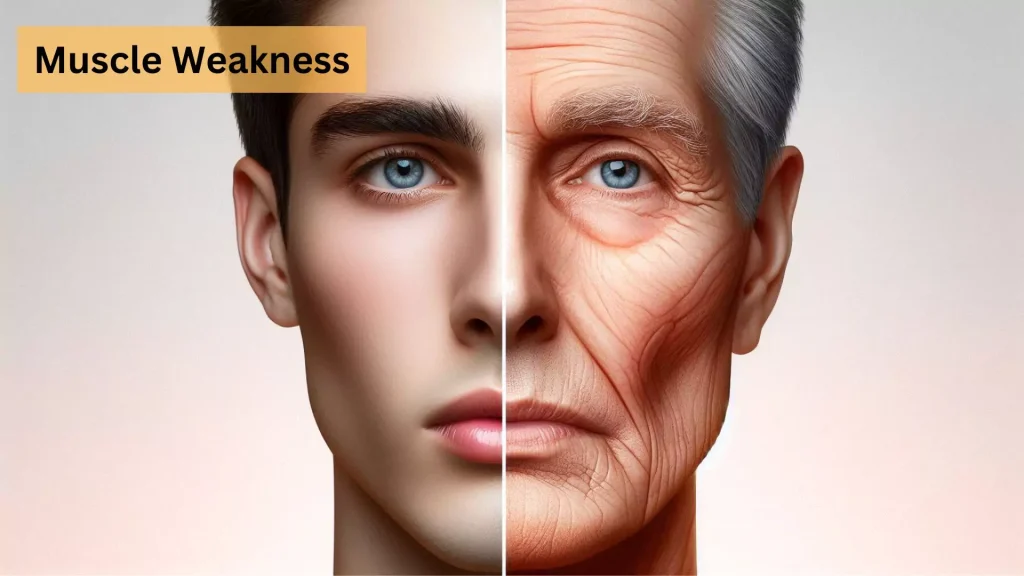
The muscles in the face, like all muscles in the body, weaken over time. This loss of muscle tone contributes to sagging skin around the jawline and cheeks. As these muscles lose strength, they no longer hold the skin as tightly as they once did, further exacerbating the sagging and contributing to the loss of jawline definition.
Fat Redistribution
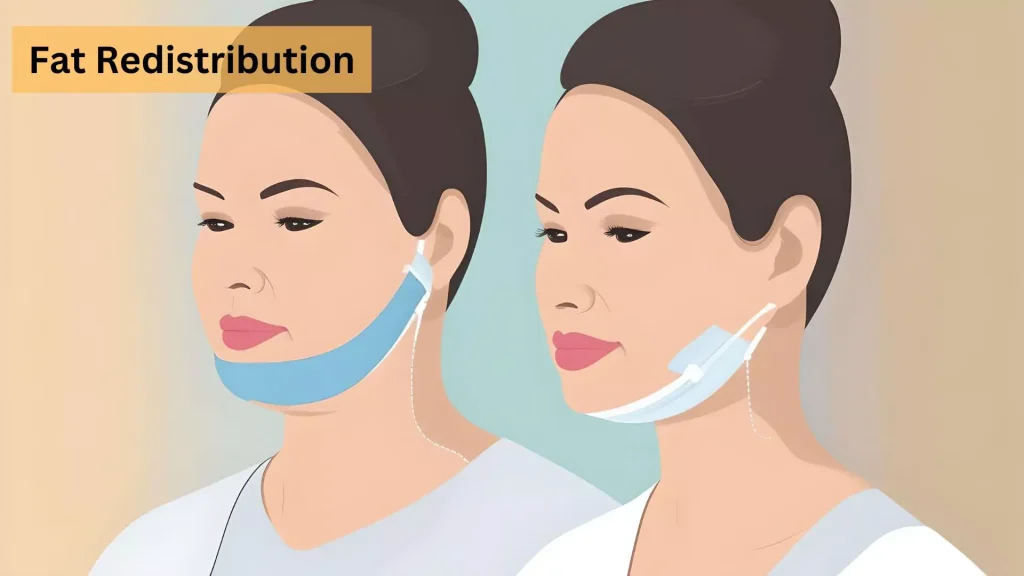
Another significant factor in aging is the redistribution of fat in the face. As we age, fat deposits that once gave our cheeks and jawline a firm, youthful appearance begin to shift downward. Fat accumulates in areas such as under the chin and neck, leading to the formation of a double chin and jowls. This downward migration of fat can drastically alter the appearance of the lower face, making the jawline less sharp.
Visible Changes in Jawline as You Age
As these physiological changes take place, the jawline undergoes several visible transformations that affect your overall facial appearance. Some of the most noticeable changes include:
Sagging Jowls
Jowls refer to the loose, sagging skin that develops along the jawline as a result of collagen loss, muscle weakening, and fat redistribution. This sagging creates a droopy appearance around the lower face, contributing to a more aged look.
Double Chin Formation

The accumulation of fat beneath the chin, known as a double chin, is a common issue associated with aging. As fat gathers in this area and muscle tone decreases, the once-firm line of the jaw becomes blurred, resulting in a fuller and less defined lower face.
Jawline Definition Loss
The combination of sagging skin, reduced bone density, and muscle weakening can cause a loss of jawline definition. What was once a sharp, angular feature of the face becomes more rounded and soft, contributing to an aged appearance.
Preventive Tips to Maintain a Youthful Jawline
Fortunately, there are several effective preventive measures you can take to maintain a youthful jawline as you age. From facial exercises to skincare routines and dietary choices, these methods focus on preserving skin elasticity, muscle tone, and overall facial structure.
Facial Exercises
Facial exercises are an excellent way to strengthen the muscles around the jawline and improve overall muscle tone. One popular technique is mewing, which involves pressing the tongue against the roof of the mouth while keeping the teeth gently closed. This practice helps tone the muscles of the neck and jaw, promoting a more defined jawline.
Other facial exercises include:
- Chin lifts: Tilt your head back and look towards the ceiling. Push your lower lip out and hold for 5–10 seconds, then release. Repeat this exercise several times daily to help tighten the skin around the neck and jaw.
- Jaw clenches: Clench your jaw muscles while lifting your chin slightly. Hold this position for a few seconds, then relax. This exercise helps strengthen the muscles around the jawline.
Hydration and Skin Care
Maintaining proper hydration is essential for keeping the skin firm and elastic. Drinking enough water daily helps keep your skin moisturized from within, reducing the likelihood of sagging.
Incorporating anti-aging skincare products into your routine can also be beneficial. Ingredients such as retinol and Vitamin C promote collagen production, reduce fine lines, and help firm the skin around the jawline. Retinol encourages cell turnover, while Vitamin C acts as a powerful antioxidant, protecting the skin from environmental damage and promoting collagen synthesis.
Collagen Supplements
Taking collagen supplements is another way to support the skin’s natural elasticity and combat the loss of collagen that comes with aging. These supplements, available in powder or pill form, contain peptides that are absorbed by the body and stimulate the production of new collagen. Regular use of collagen supplements can help improve skin firmness, particularly around the jawline.
Sun Protection
Exposure to UV rays accelerates collagen breakdown and contributes to premature aging. Protecting your skin from the sun is crucial in preventing sagging and maintaining a youthful jawline. Applying sunscreen with an SPF of 30 or higher daily, wearing a wide-brimmed hat, and seeking shade during peak sunlight hours are all effective strategies to protect your skin from UV damage.
Healthy Diet

A nutrient-rich diet can significantly improve skin health and prevent aging. Focus on consuming foods high in antioxidants, such as berries, leafy greens, and nuts, which help fight free radicals and promote skin repair. Omega-3 fatty acids, found in fish like salmon and flaxseeds, are essential for maintaining skin moisture and elasticity.
Additionally, incorporating vitamin-rich foods into your diet, such as those high in vitamins A, C, and E, will support collagen production and overall skin health, keeping the jawline firmer for longer.
Non-Surgical Treatment Options
For those looking for non-invasive options to improve jawline definition, several cosmetic treatments can help without the need for surgery.
Dermal Fillers
Dermal fillers are injectable treatments that add volume to areas of the face that have lost definition due to aging. Fillers can be used to enhance the jawline, creating a more structured and youthful appearance. These treatments are temporary but can last several months with minimal downtime.
Botox for Jawline Sculpting
Botox can be used to slim the jawline by relaxing the muscles responsible for widening the lower face. This technique is especially effective for those who have a more square-shaped jaw due to muscle hypertrophy. Botox injections help create a more contoured jawline by reducing muscle size.
Skin Tightening Treatments
Non-invasive skin tightening treatments, such as laser or radiofrequency therapies, can help firm sagging skin around the jawline. These treatments stimulate collagen production and tighten loose skin, offering a subtle lift without surgery.
Surgical Solutions for an Aging Jawline
For individuals seeking more dramatic results, surgical options are available to reverse the effects of aging on the jawline.
Facelifts or Neck Lifts
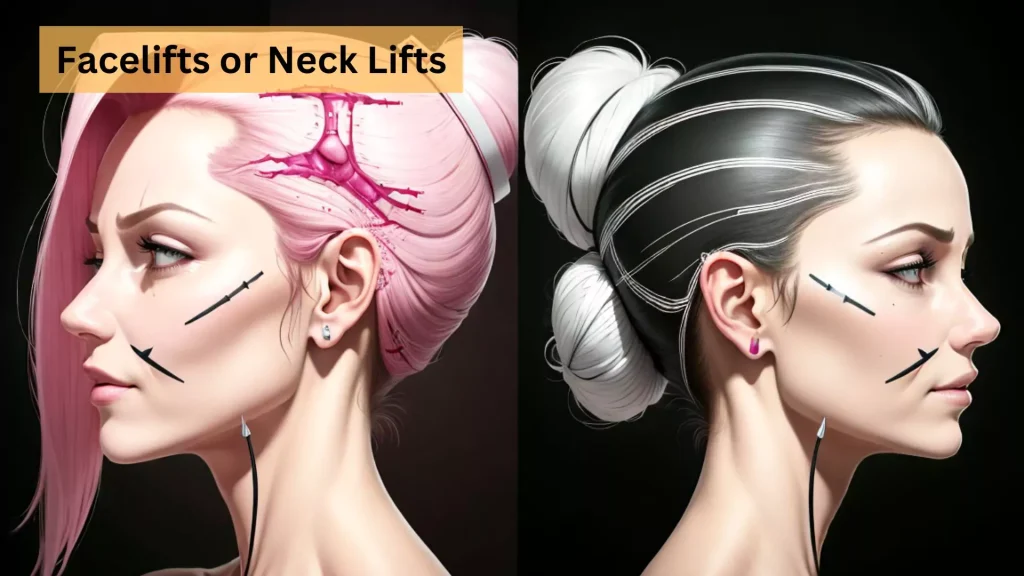
A facelift or neck lift is a surgical procedure that tightens sagging skin around the face and neck, offering long-lasting results. These surgeries involve removing excess skin and tightening the underlying tissues to restore a more youthful jawline and neck.
Liposuction for Double Chin
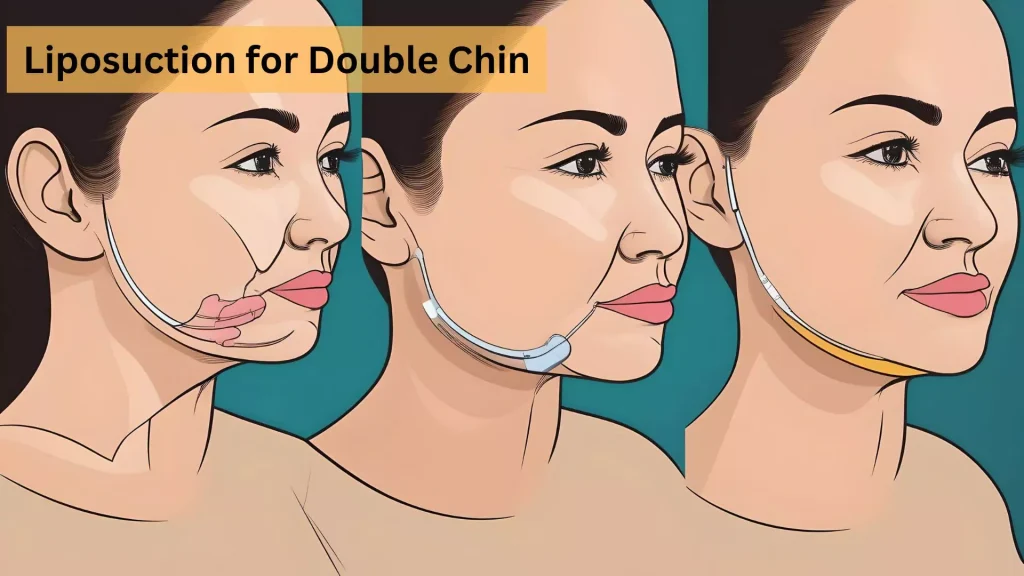
For those struggling with a double chin, liposuction can be used to remove excess fat from beneath the chin and along the jawline. This procedure results in a more defined and contoured jawline by eliminating stubborn fat deposits.
Conclusion
Aging inevitably affects the jawline, but there are many ways to combat and slow down the process. By adopting a combination of lifestyle changes, such as staying hydrated, incorporating facial exercises, and protecting your skin from the sun, you can maintain a firmer, more youthful jawline. Additionally, non-surgical treatments like dermal fillers and Botox offer temporary enhancements, while surgical solutions provide more permanent results for those looking for a dramatic transformation.
Starting these preventive measures early and remaining consistent with your skincare and posture routines can significantly improve the definition of your jawline, allowing you to age gracefully while maintaining a youthful appearance.
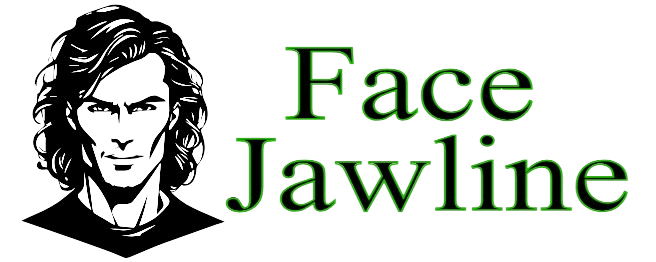
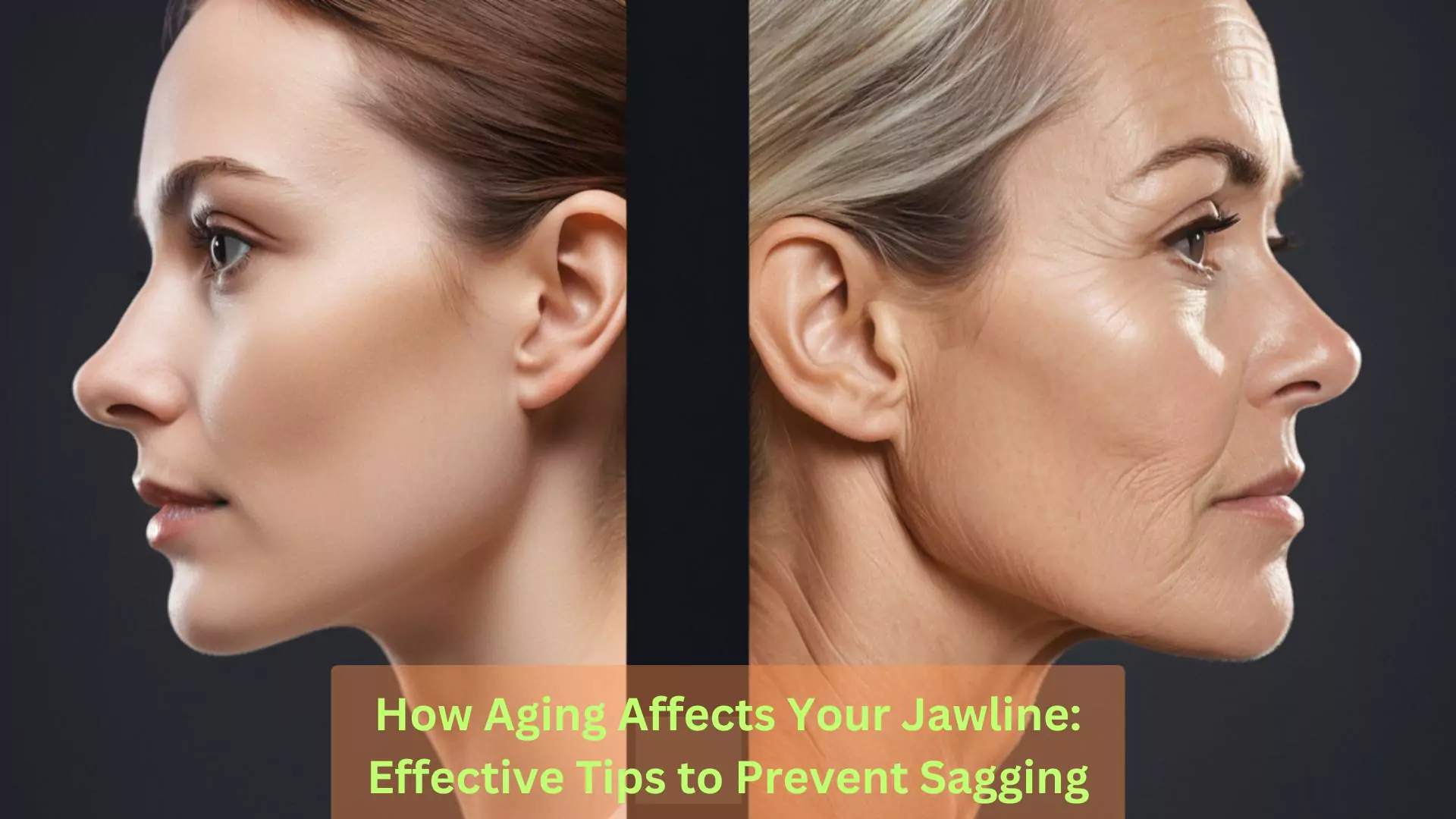
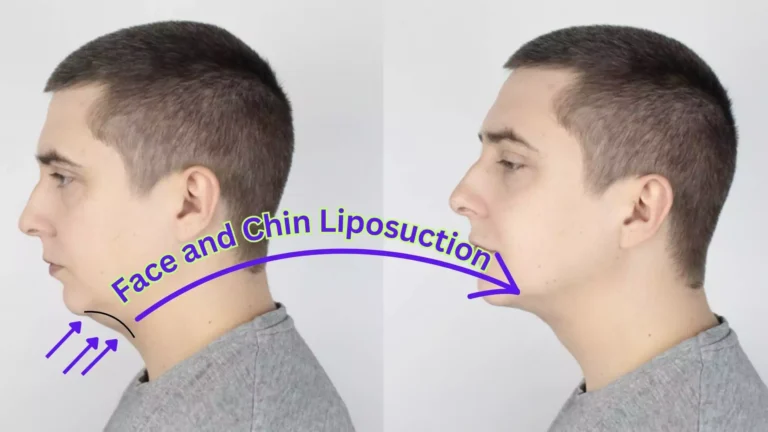
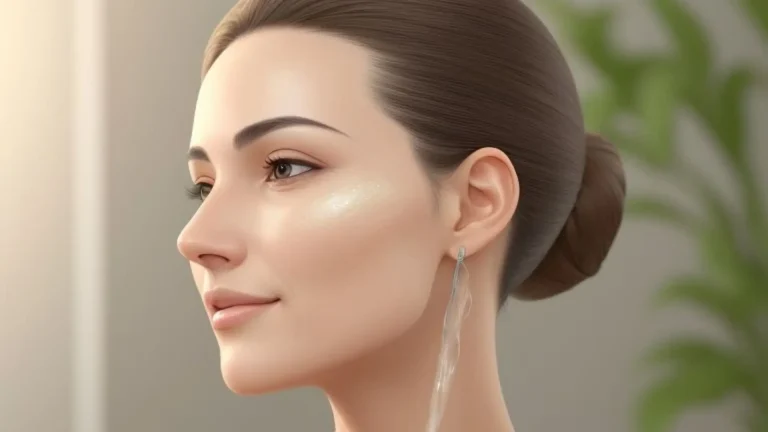
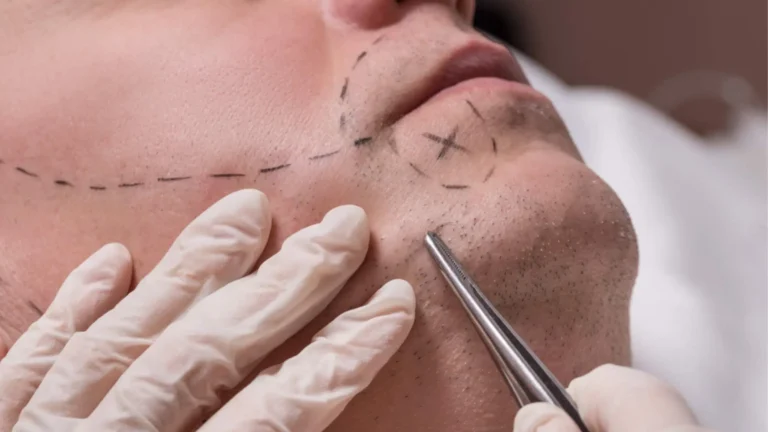
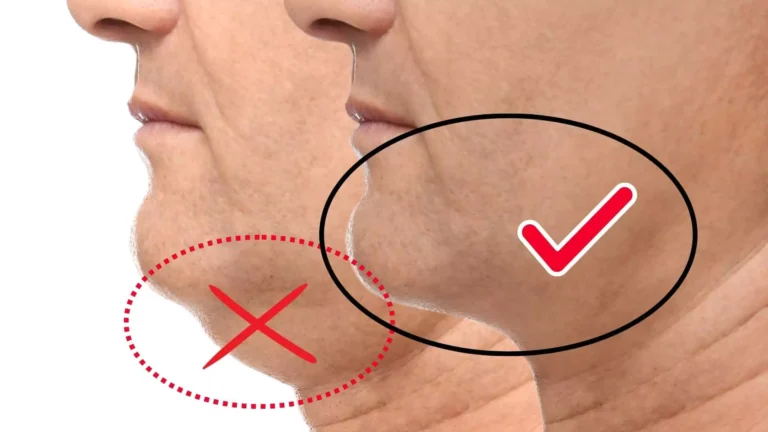


One Comment